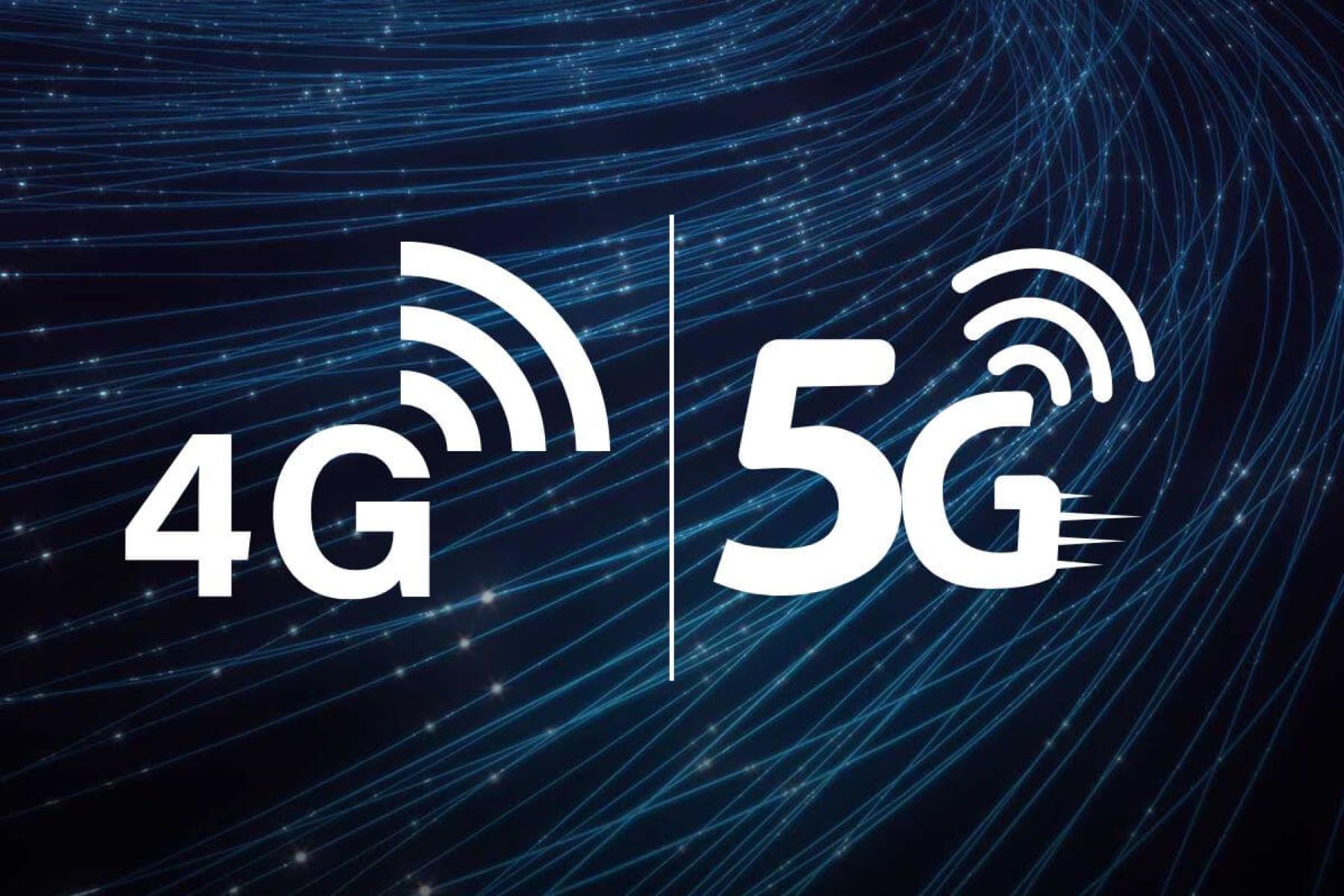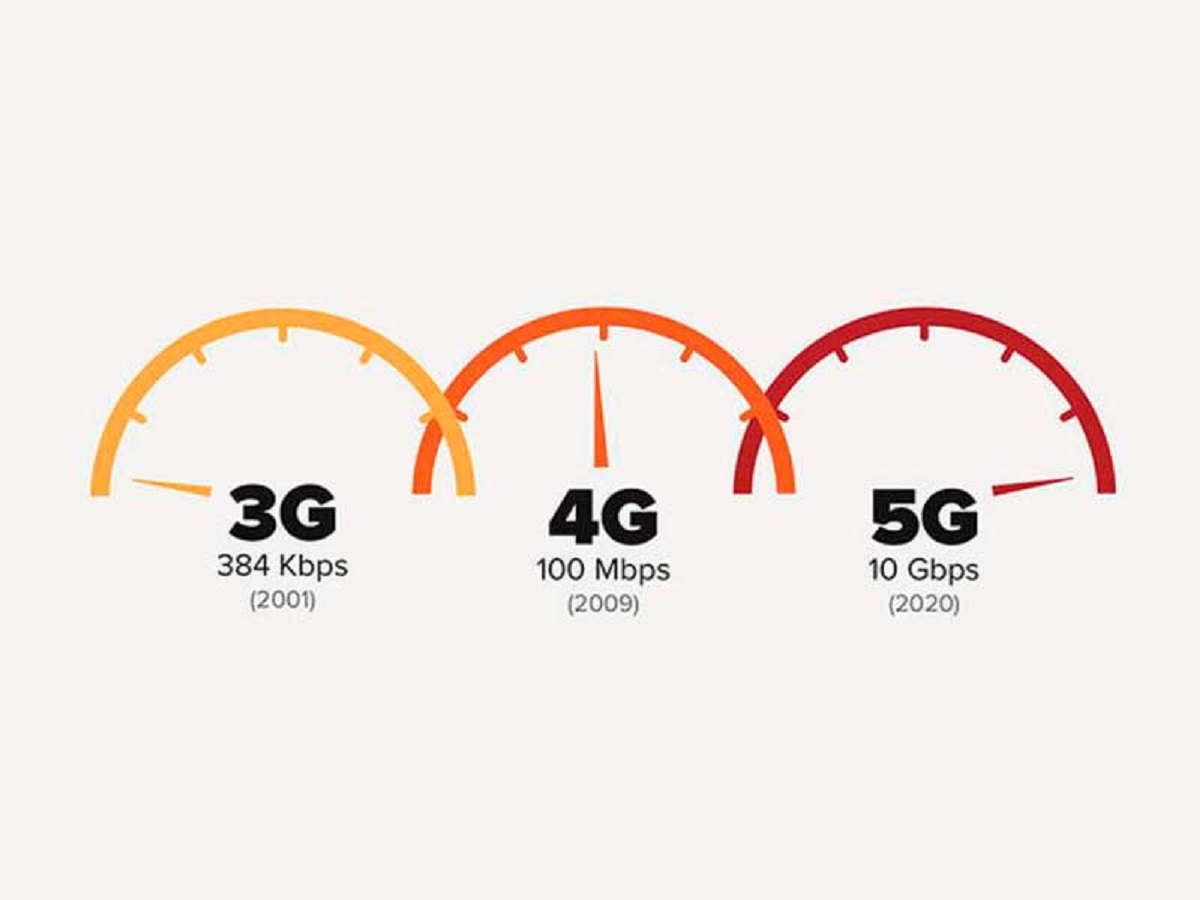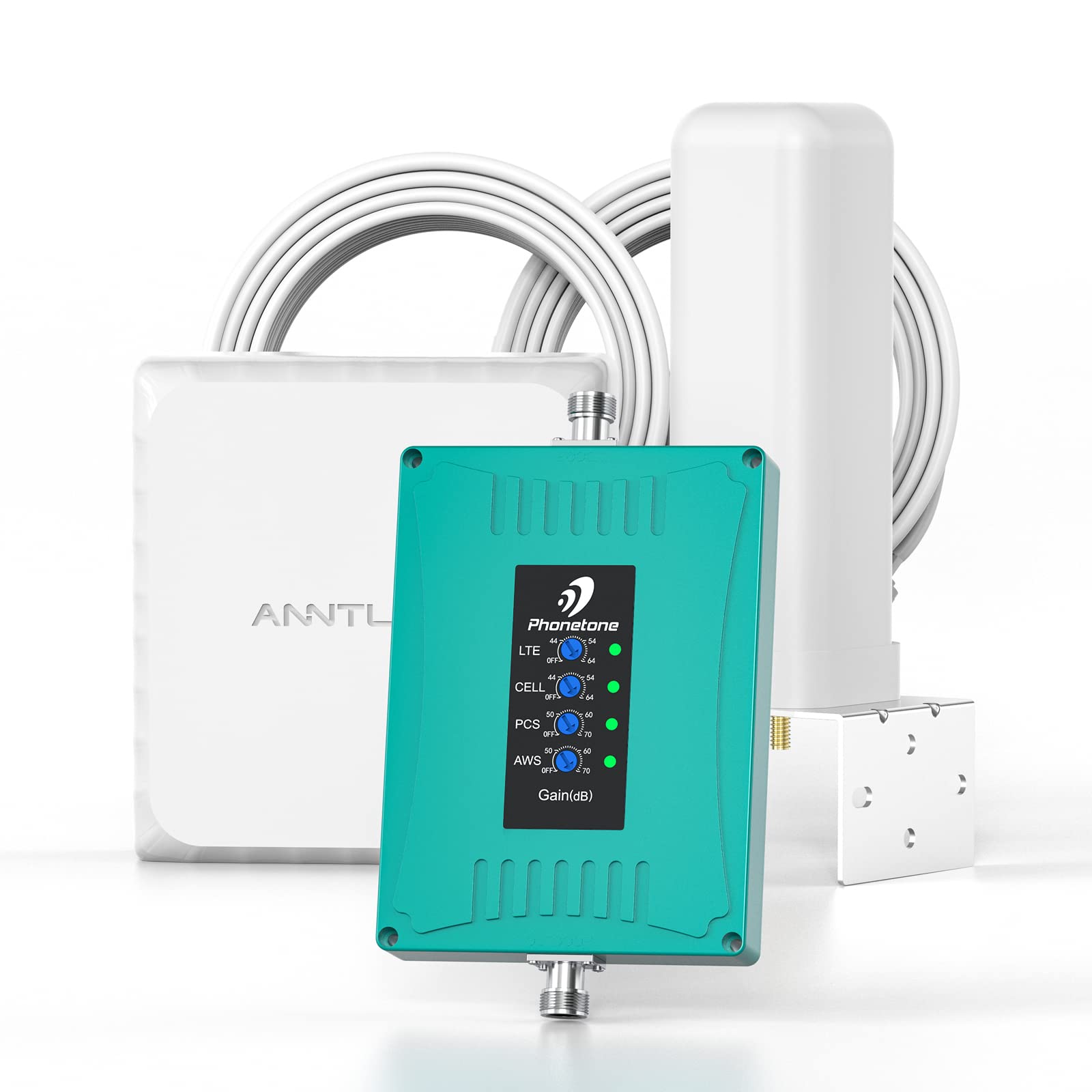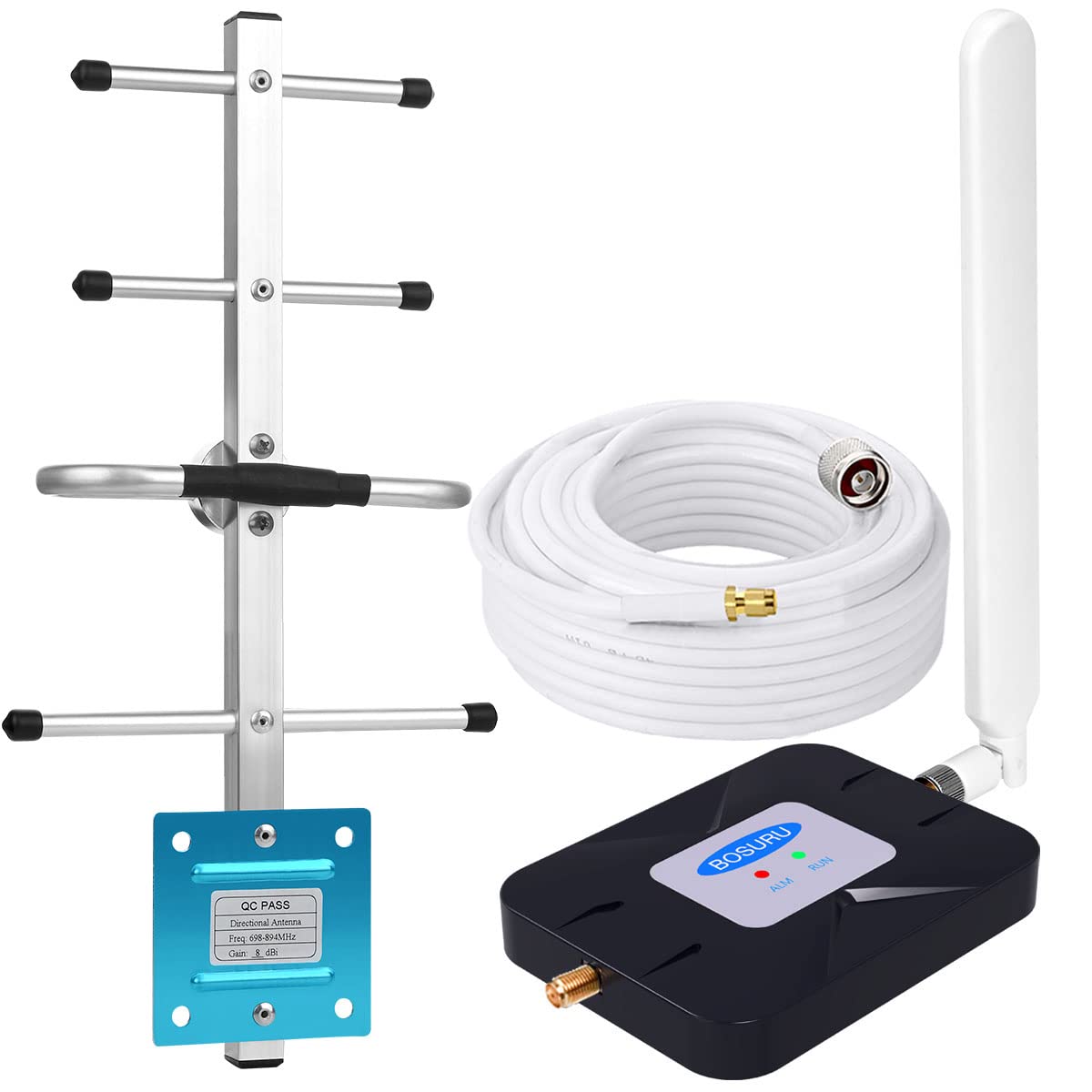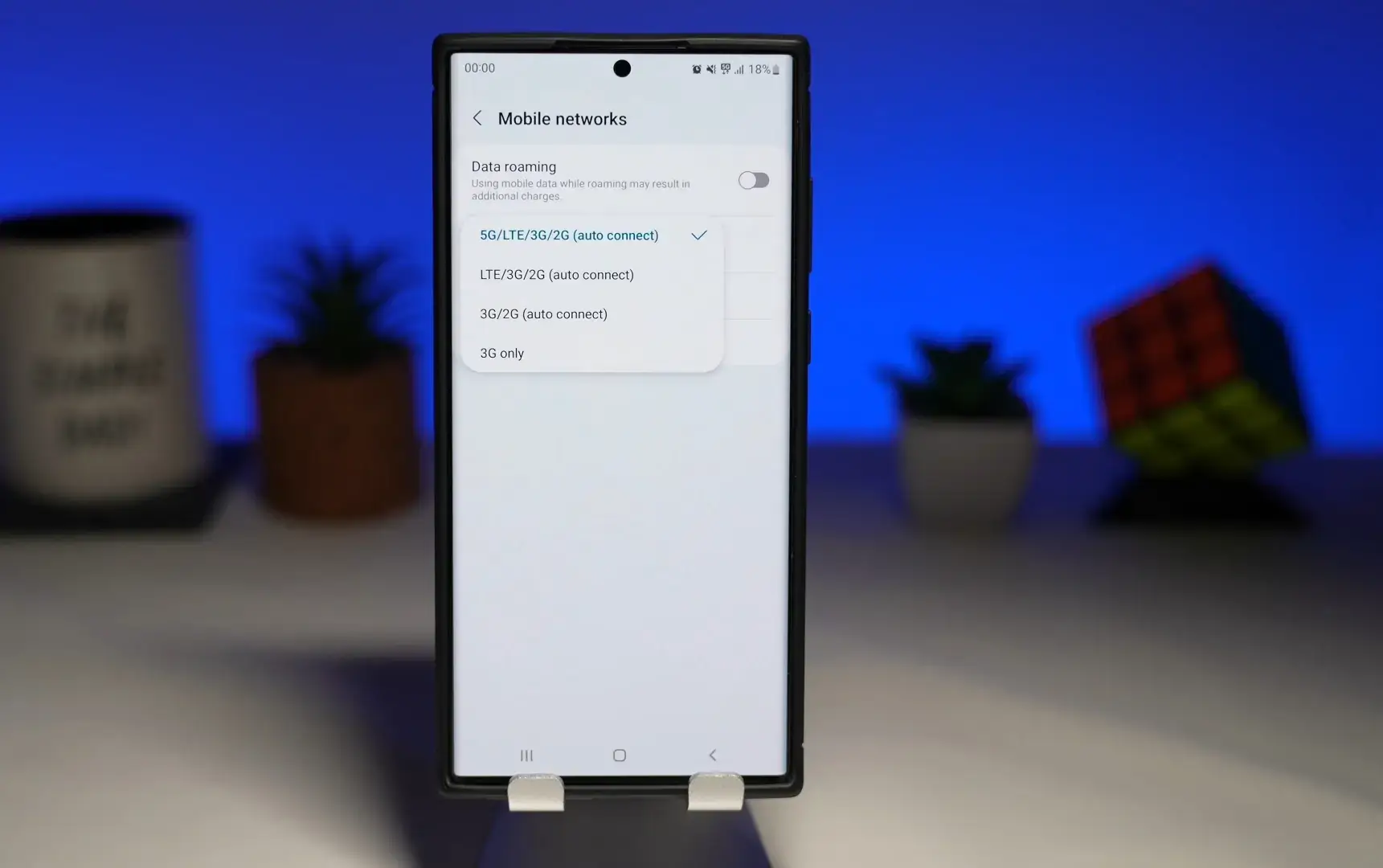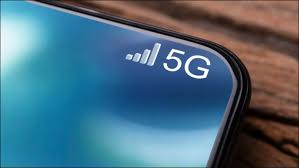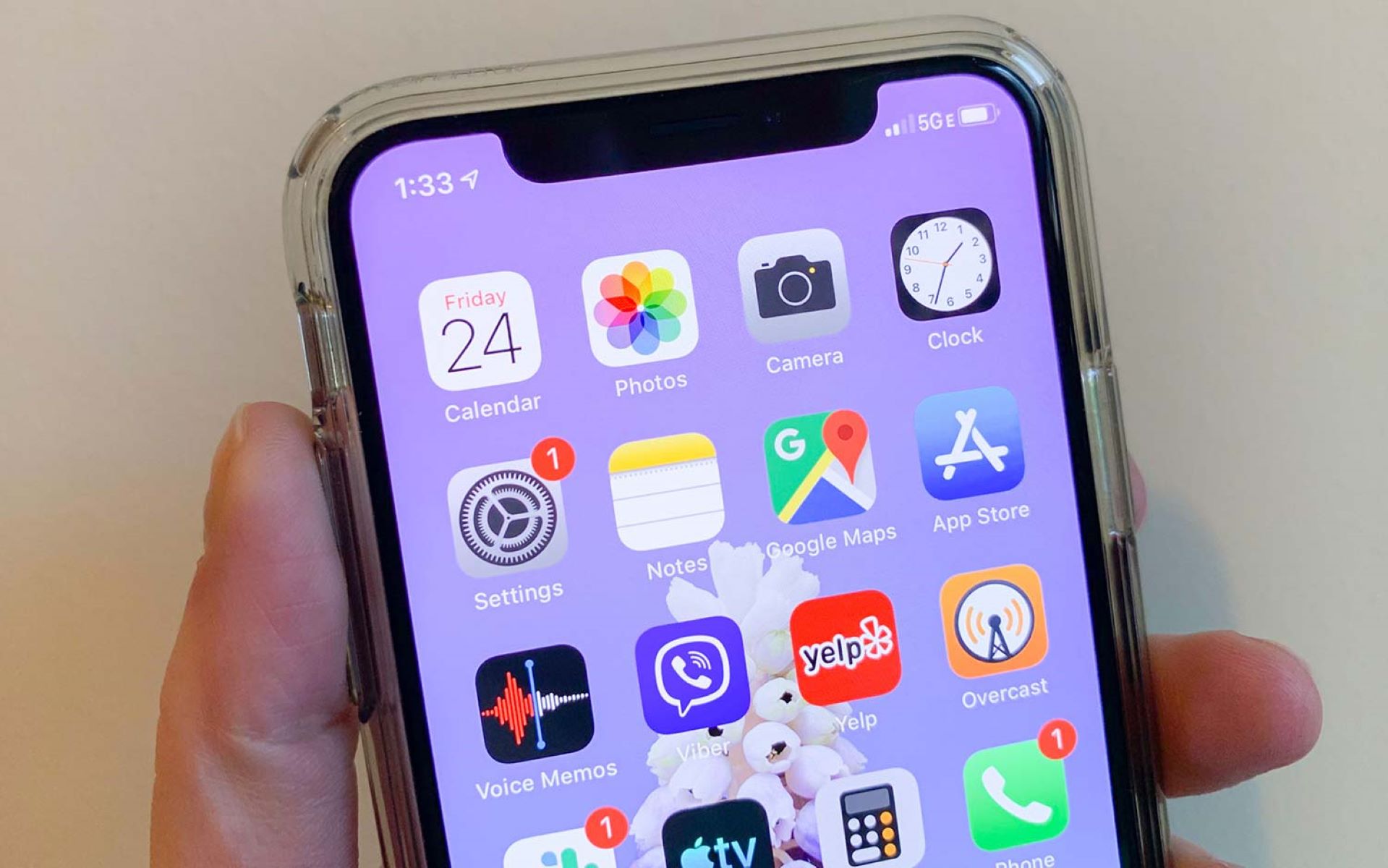Introduction
In today’s fast-paced, connected world, staying connected to the internet has become an essential part of our daily lives. As technology continues to advance, the need for faster and more reliable internet networks has become increasingly important. Two such networks that have revolutionized the way we connect and communicate are 4G and 5G.
4G and 5G are the latest generations of mobile network technology, offering significant advancements over their predecessors. While both promise faster speeds and improved connectivity, they do have some key differences that set them apart. In this article, we will explore the differences between 4G and 5G networks, including their speed, latency, capacity, coverage, energy efficiency, and applications.
Understanding these differences is crucial for individuals, businesses, and industries that rely on mobile connectivity to stay connected, access data, and facilitate seamless communication. Let’s delve into the fascinating world of 4G and 5G and explore their unique features and capabilities.
Note: It is worth mentioning that while 4G networks are still widely used, 5G networks are gradually being deployed and will eventually become the new standard. As a result, it is important to understand the distinctions between the two technologies to fully grasp the future of wireless communication.
Definition and Basics
Before diving into the differences between 4G and 5G, let’s start by understanding the basic definitions of these two technologies.
4G, short for the fourth generation, is a wireless network technology that replaced its predecessor, 3G. It offers faster internet speeds and greater capacity, enabling users to seamlessly stream high-definition videos, download large files, and access data-intensive applications on their mobile devices. 4G networks operate on frequencies ranging from 700 MHz to 2.5 GHz and provide download speeds of up to 100 Mbps, with some variants capable of reaching 1 Gbps.
On the other hand, 5G, or the fifth generation, represents the next evolutionary step in wireless communication. It aims to provide even faster download and upload speeds, lower latency, increased network capacity, and improved connectivity. Unlike previous generations, 5G operates on a wider range of frequency bands, including lower frequencies below 6 GHz and higher frequencies in the millimeter wave (mmWave) spectrum. These higher frequencies offer the potential for significantly faster download speeds, with peak rates of up to 20 Gbps.
Both 4G and 5G technologies utilize cellular networks, but 5G introduces new concepts such as network slicing and advanced antenna technologies like beamforming and massive MIMO (Multiple Input, Multiple Output). These features enhance network efficiency and enable better coverage and performance in densely populated areas.
Additionally, 5G introduces a virtualized network architecture called Software-Defined Networking (SDN) and Network Functions Virtualization (NFV), allowing network operators to better manage and allocate resources based on user demand. These advancements in network infrastructure provide a solid foundation for future technologies like the Internet of Things (IoT), autonomous vehicles, and smart cities.
In summary, 4G is the previous generation of mobile network technology, offering fast speeds and improved connectivity, while 5G represents the latest and most advanced wireless network technology, with the potential to revolutionize various industries.
Speed and Bandwidth
One of the primary differences between 4G and 5G networks is the speed and bandwidth they offer. While 4G networks already provide impressive download speeds, 5G takes internet speed to a whole new level.
4G networks typically deliver download speeds of up to 100 Mbps, with some advanced implementations capable of achieving speeds of 1 Gbps. This level of speed allows users to stream high-definition videos, participate in video calls, and download large files quickly.
On the other hand, 5G networks are designed to offer significantly faster speeds, with peak download rates reaching up to 20 Gbps. This means that downloading large files or streaming 8K videos can be done almost instantaneously. With such speeds, users can enjoy ultra-low latency and experience real-time streaming with minimal buffering or lag.
This enhanced speed is made possible by the utilization of higher frequency bands in the millimeter wave (mmWave) spectrum. These high-frequency bands have a larger bandwidth available, allowing for faster data transfer rates. However, it’s important to note that mmWave frequencies have a shorter range compared to lower frequency bands, which can impact coverage in certain areas.
In terms of bandwidth, 5G networks offer a significantly wider spectrum compared to 4G. This means that more devices can connect to the network simultaneously without experiencing significant traffic congestion or reduced speeds. This increased bandwidth is essential for supporting the growing number of connected devices in the age of the Internet of Things (IoT) and smart devices.
Overall, while 4G networks already provide impressive speeds, 5G networks offer an unparalleled leap in terms of speed and bandwidth, enabling users to experience lightning-fast download and upload rates, even in highly congested areas with a large number of connected devices.
Latency
Latency, often referred to as network response time, is another critical aspect that differentiates 4G and 5G networks. Latency refers to the time it takes for data to travel from the source to the destination and back.
In 4G networks, the average latency is around 50 milliseconds (ms) to 100 ms. While this is sufficient for tasks like web browsing and video streaming, it can pose challenges for applications that require real-time communication, such as online gaming and virtual reality.
On the other hand, 5G networks are designed to significantly reduce latency. Thanks to advancements in network architecture, signal processing, and lower transmission delays, 5G networks aim to achieve an ultra-low latency of around 1 ms to 10 ms.
This ultra-low latency in 5G networks opens up possibilities for various industries, including autonomous vehicles, remote surgeries, and real-time cloud gaming. With such minimal delay, interactions between devices on the network become nearly instantaneous, creating seamless user experiences and enabling applications that require real-time responsiveness.
Reducing latency is crucial for technologies like the Internet of Things (IoT) as well. Many IoT applications, such as smart grids and industrial automation, rely on fast and reliable communication between devices. By minimizing latency, 5G can support these applications effectively and enable a more connected and efficient future.
In summary, 5G’s ultra-low latency capabilities offer a significant improvement over 4G networks. By reducing delay, 5G enables real-time communication and opens the doors to innovative applications in various industries.
Capacity and Number of Devices
As the demand for wireless connectivity continues to grow, network capacity becomes a crucial factor. 4G and 5G differ in their capacity to handle a large number of devices and the data traffic generated by them.
4G networks have a limit on the number of devices they can connect simultaneously. As the number of users and devices in a specific area increases, the network can become congested, resulting in slower speeds and reduced performance for all connected devices. This limitation becomes more apparent in densely populated areas or during peak usage times.
On the other hand, 5G networks are designed to handle a significantly higher number of devices simultaneously. By utilizing advanced technologies like network slicing and massive MIMO, 5G can allocate network resources efficiently and optimize performance even in crowded areas. This means that 5G networks can handle a dense concentration of devices without experiencing significant degradation in speed or performance.
Additionally, 5G networks offer enhanced capacity by leveraging a wider spectrum of frequencies. With access to larger bandwidth, 5G can support more data-intensive applications and services, such as augmented reality (AR), virtual reality (VR), and 4K/8K video streaming. This increased capacity ensures a smoother and more reliable user experience, even in high-traffic scenarios.
In terms of data traffic, 5G networks are better equipped to handle the exponential growth in data consumption. As new applications and technologies emerge, the amount of data generated and transmitted over networks continues to increase. With its higher capacity and wider spectrum of frequencies, 5G can accommodate this surge in data traffic and meet the evolving needs of users and businesses.
Overall, 5G networks surpass 4G in terms of capacity, allowing for a greater number of devices to connect simultaneously and handling higher volumes of data traffic. This capability ensures a seamless and responsive experience for users, even in highly congested environments.
Coverage and Range
When it comes to coverage and range, 4G and 5G networks differ in their ability to reach and serve users across different geographic areas.
4G networks have a relatively extensive coverage area, providing connectivity to a wide range of locations, including urban, suburban, and rural areas. This wide coverage is achieved through the deployment of cellular towers and base stations that transmit signals over longer distances. However, the signal strength and quality can vary depending on the distance from the nearest tower, obstacles like buildings or natural terrain, and the number of users connected to the network in a specific area.
On the other hand, the coverage and range of 5G networks depend on the frequency bands being utilized. 5G networks use a combination of lower and higher frequency bands, each with its own characteristics.
The lower frequency bands, below 6 GHz, provide wider coverage and can penetrate buildings and obstacles more effectively. This enables 5G signals to reach various locations and improve indoor coverage, making it more accessible to users in different environments.
However, it’s the higher frequency bands in the millimeter wave (mmWave) spectrum that offer the potential for ultra-fast speeds and massive data transfer rates. While these higher frequencies have a shorter range and are more susceptible to signal attenuation from obstacles, they can be utilized in denser areas where network capacity is in high demand, such as stadiums, shopping malls, and city centers.
It’s important to note that the deployment of 5G networks is still ongoing and largely focuses on densely populated areas. As the technology continues to evolve and expand, the coverage and range of 5G networks are expected to improve, reaching a similar level to that of 4G in terms of geographic coverage.
In summary, 4G networks generally offer wider coverage across various geographic areas, while 5G networks provide a combination of broad coverage using lower frequency bands and high-capacity coverage in densely populated areas using higher frequency bands.
Energy Efficiency
As the world becomes more conscious of energy consumption and environmental impact, the energy efficiency of mobile networks becomes an important consideration. 4G and 5G networks differ in their energy efficiency, with 5G aiming to improve upon the energy consumption of its predecessor.
4G networks are relatively energy-efficient compared to previous generations, such as 3G. They utilize advanced technologies like Orthogonal Frequency Division Multiplexing (OFDM) and Multiple Input, Multiple Output (MIMO), which help optimize spectrum utilization and reduce power consumption. However, as data usage and network demands continue to increase, 4G networks may face challenges in maintaining an optimal balance between energy efficiency and performance.
5G networks are designed with energy efficiency in mind, aiming to reduce power consumption while delivering faster speeds and improved connectivity. The implementation of technologies like beamforming and massive MIMO enables more efficient signal transmission, reducing the need for excessive power usage. Additionally, advancements in network architecture, such as network slicing and virtualization, allow for better resource management and optimization.
Furthermore, 5G networks have introduced a concept called “sleep mode,” which allows devices to enter low-power modes when not actively transmitting or receiving data. This feature helps conserve energy and prolong the battery life of connected devices, making them more efficient and sustainable in the long run.
Energy efficiency in 5G networks is not only beneficial for reducing environmental impact but also for supporting emerging technologies. As the Internet of Things (IoT) expands, with billions of devices expected to be connected, energy-efficient networks like 5G are crucial to ensure sustainable growth.
It’s important to note that the energy efficiency of both 4G and 5G networks can vary depending on factors such as network infrastructure, equipment efficiency, and network optimization practices. However, 5G’s focus on energy efficiency and the implementation of advanced technologies make it a promising choice for a more sustainable and greener future.
In summary, 5G networks prioritize energy efficiency by implementing various technologies and practices to reduce power consumption, making them more sustainable and environmentally friendly compared to 4G networks.
Applications and Use Cases
4G and 5G networks enable a wide range of applications and use cases, but 5G’s advanced capabilities open up new possibilities for various industries and technologies.
With 4G networks, users can enjoy applications such as video streaming, online gaming, social media, and web browsing on their mobile devices. These networks provide fast and reliable connectivity for everyday consumer needs.
However, 5G networks introduce a new era of connectivity, enabling innovative applications across industries. One of the most anticipated use cases of 5G is the Internet of Things (IoT). With its enhanced network capacity and low latency, 5G can efficiently support a massive number of connected devices, facilitating smart homes, smart cities, and industrial IoT applications. This includes technologies like connected cars, real-time asset tracking, smart grids, and remote monitoring in healthcare.
5G is also poised to transform the entertainment and media industry. With its ultra-fast speeds and low latency, users can enjoy uninterrupted 4K and 8K streaming, immersive virtual reality (VR) experiences, and augmented reality (AR) applications. This opens up new possibilities for interactive gaming, virtual meetings, and remote collaboration.
Additionally, 5G’s high reliability and low latency make it ideal for mission-critical applications, such as autonomous vehicles and remote surgeries. The real-time responsiveness and robustness of 5G networks ensure safety, precision, and rapid communication in these sensitive scenarios.
Furthermore, 5G networks are expected to revolutionize industries like manufacturing, logistics, and agriculture. With the ability to connect and control a multitude of devices and sensors in real-time, 5G enables greater automation, process optimization, and data-driven decision making. This leads to increased productivity, reduced costs, and improved efficiency.
It’s worth noting that while 4G networks already support some of these applications to a certain extent, 5G’s superior speed, capacity, and latency provide a significant performance boost, unlocking the true potential of these technologies and applications.
In summary, 5G networks offer a diverse range of applications and use cases, from IoT to entertainment, transportation, healthcare, and beyond. These networks empower industries and individuals with faster, more reliable, and transformative connectivity for a wide array of innovative applications.
Conclusion
4G and 5G networks have redefined the way we connect and communicate in an increasingly digital world. While 4G networks have provided fast and reliable connectivity, 5G represents the next generation of wireless communication, offering significant advancements in speed, latency, capacity, coverage, energy efficiency, and application possibilities.
4G networks have been widely adopted and continue to serve as the backbone for mobile communication. However, as data consumption and network demands increase, 5G networks provide the necessary infrastructure to meet these demands and unlock the potential of emerging technologies.
With its lightning-fast download and upload speeds, ultra-low latency, and wide range of network capacities, 5G supports a multitude of applications and use cases. From IoT deployments and smart cities to entertainment, healthcare, and manufacturing, the possibilities are vast.
It’s important to note that the deployment and adoption of 5G networks are still ongoing, and coverage may vary across different regions. As network infrastructure continues to improve, 5G networks will achieve wider coverage and offer even greater benefits to users.
Whether you’re a consumer seeking faster and more immersive experiences or a business aiming to embrace digital transformation and improve efficiency, understanding the differences between 4G and 5G networks is essential. By leveraging the capabilities of 5G, we can unlock new opportunities and pave the way for a more connected, efficient, and innovative future.
As 5G networks continue to expand and mature, it is evident that this revolutionary technology will continue to transform industries, empower individuals, and shape the way we live, work, and communicate.







